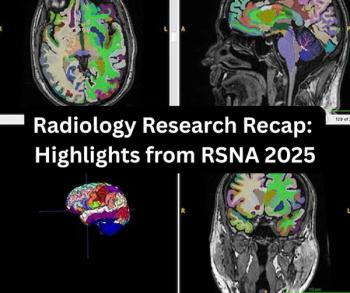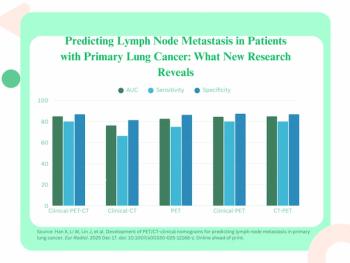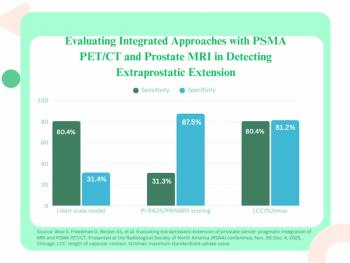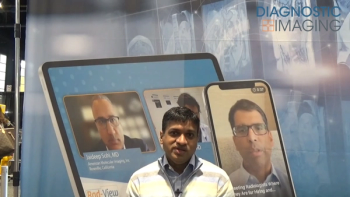
CT vendors cut dose, boost resolution
With years of slice wars behind them, vendors will argue that image quality and dose reduction are this year’s dominant issues in CT. Most of their arguments will be rooted in past developments.
With years of slice wars behind them, vendors will argue that image quality and dose reduction are this year's dominant issues in CT. Most of their arguments will be rooted in past developments.
Just as Siemens will emphasize iterative reconstruction as the means to improved image quality, so will GE Healthcare argue that its ASIR (adaptive statistical iterative reconstruction) is the means to more accurate diagnoses, an argument begun already at RSNA 2008, when GE launched ASIR.
User evidence reported last summer at the International Symposium of Multidetector-Row CT in San Francisco demonstrated that ASIR cuts patient dose between 22% and 66%, depending on patient body type and application, with no change in spatial or temporal resolution. And ASIR is just the beginning. A more complex iterative technique, called model-based iterative reconstruction (MBIR), may lead to further reductions or better image quality in the future. Because the algorithm is computationally intensive, however, computers must get faster or the algorithm must get simpler before it can enter mainstream practice.
When introducing its new flagship a couple years back, Toshiba emphasized coronary and brain scanning as the applications best suited to the wide-area detector that serves as the scanner's cornerstone. These benefits accrue from the detector's 16-cm coverage, which can capture whole organs in a single subsecond rotation. The company is now focusing on these applications and others that can impact the length of patient stays in hospitals, a message its executives will bring to RSNA 2009.
Brain perfusion, chest pain triage, and myocardial perfusion studies present the best match for the Aquilion One because of their complexity. But Toshiba will also argue for using the Aquilion One as the cornerstone for imaging in the emergency department, as the scanner is well suited to very rapid pediatric and general body imaging.
Like Aquilion One, Philips' flagship CT scanner, the Brilliance iCT, is being used in brain perfusion and neuro CTA, as well as routine body and cardiovascular imaging. The company will continue to spotlight the device's clinical capabilities, while adding a new facet. Before the show, Jason Plante, Philips director of global field marketing refused to say what exactly the company will unveil on the RSNA floor, but he did say it would address cutting dose. Whatever the announcement, it will be presented as complementary to an already dose-efficient imaging chain from x-ray tube to detector with technologies for filtering unneeded radiation, Plante said
Newsletter
Stay at the forefront of radiology with the Diagnostic Imaging newsletter, delivering the latest news, clinical insights, and imaging advancements for today’s radiologists.



























